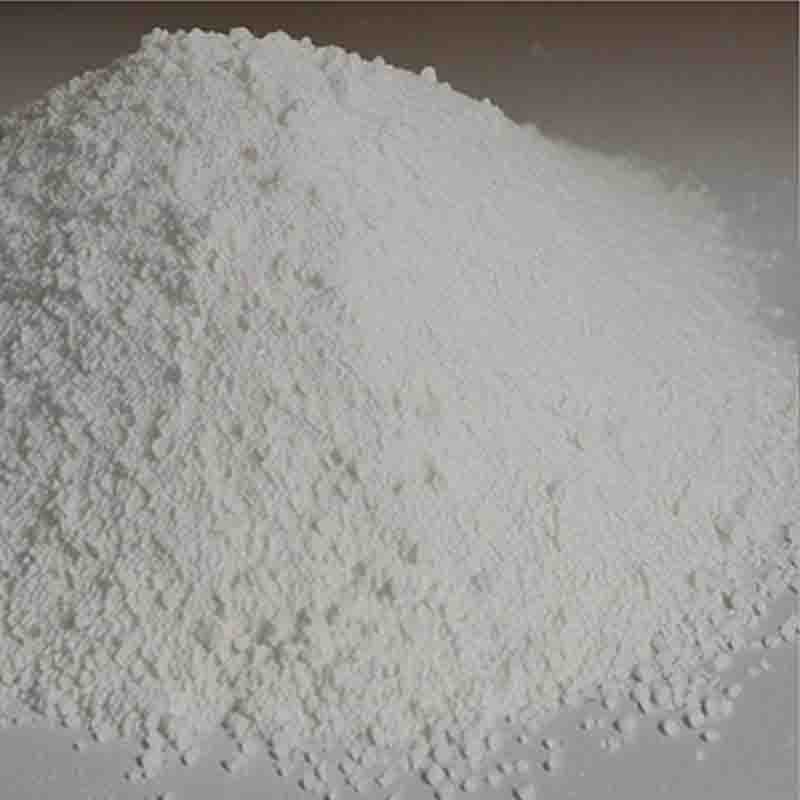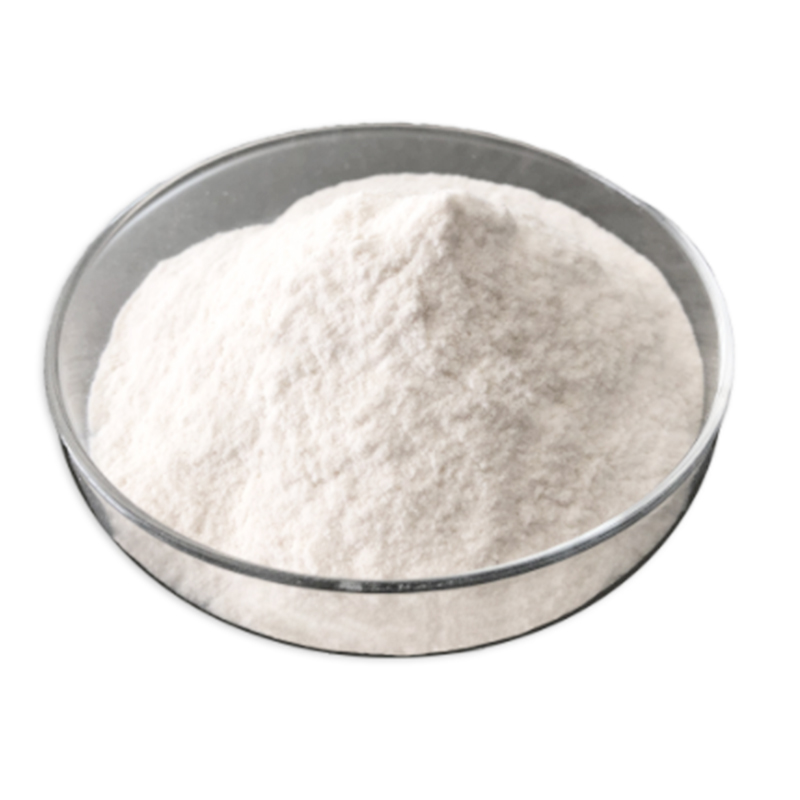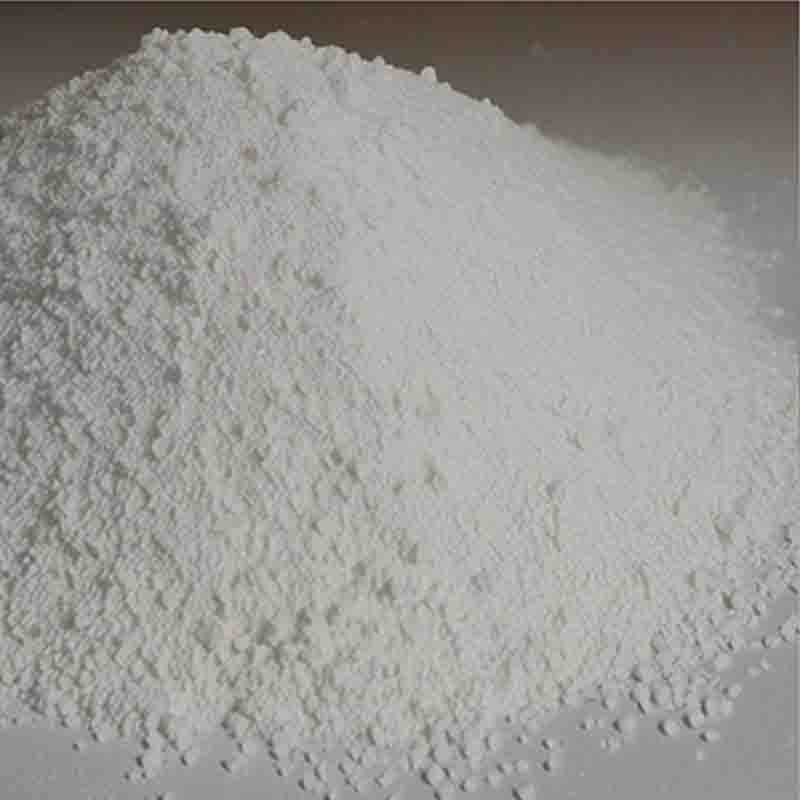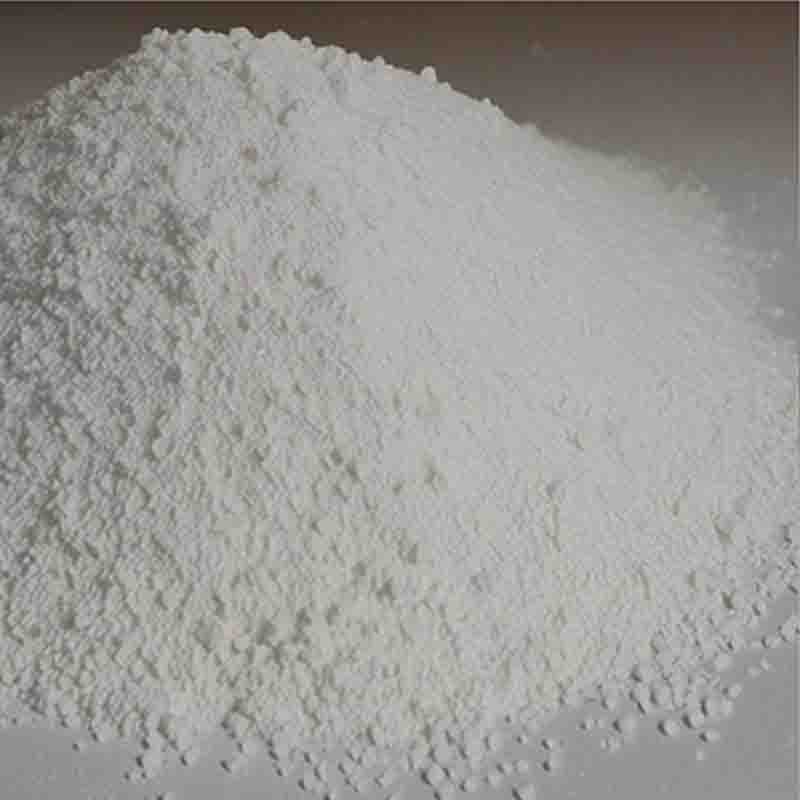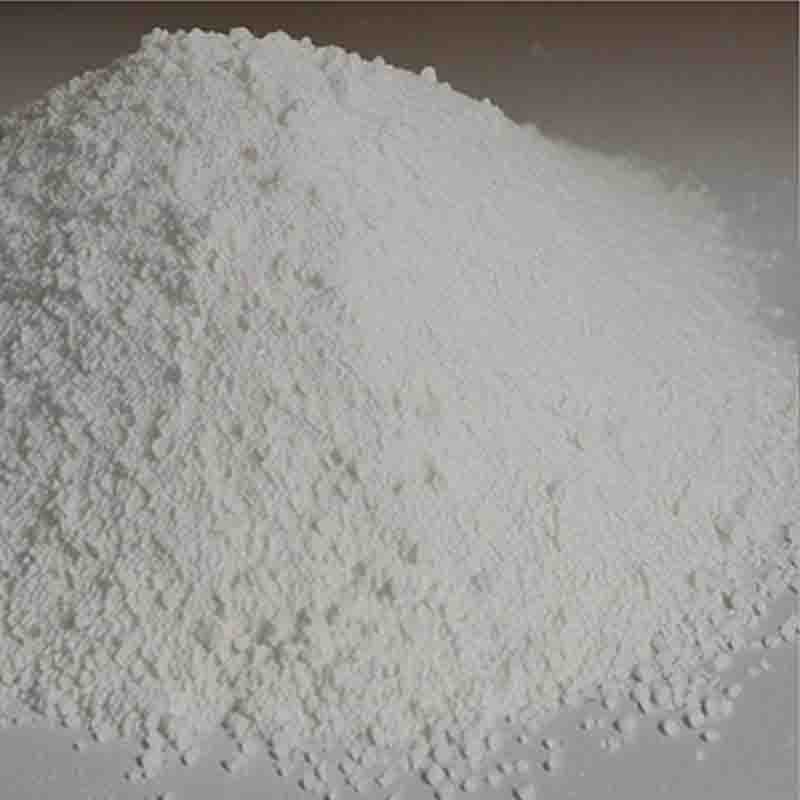3-PROPIONYLPYRIDINE CAS:1570-48-5
| Catalog Number | XD95919 |
| Product Name | 3-PROPIONYLPYRIDINE |
| CAS | 1570-48-5 |
| Molecular Formula | C8H9NO |
| Molecular Weight | 135.16 |
| Storage Details | Ambient |
Product Specification
| Appearance | White powder |
| Assay | 99% min |
3-Propionylpyridine, also known as 3-propionylpyridine or 3-PP, is a chemical compound that can have various effects due to its unique structure and properties. In this 300-word essay, we will explore some of the known effects and potential applications of 3-Propionylpyridine.Flavor and Fragrance:One of the primary uses of 3-Propionylpyridine is as a flavor and fragrance compound. It has a distinct tobacco-like odor, which makes it valuable in the creation of tobacco flavors for various products like e-cigarettes, chewing tobacco, and flavored tobacco products. Additionally, it is used in the production of food flavors, such as butter, caramel, and coffee flavors.Pharmaceutical Applications:3-Propionylpyridine is also of interest in the pharmaceutical industry. It has been found to possess analgesic (pain-relieving) properties, and it is believed to modulate pain receptors in the body. Research suggests that it can be used as an effective ingredient in pain management drugs, providing relief for various types of pain. However, further studies are needed to fully understand its mechanism of action and its potential applications in pharmaceuticals.Nicotine Addiction Behaviors:Due to its tobacco-like odor and chemical similarity to nicotine, 3-Propionylpyridine has been studied for its potential role in understanding nicotine addiction behaviors. Research has shown that it can influence the release of dopamine in the brain, a neurotransmitter associated with reward and addiction. By studying its effects on addiction-related behaviors, researchers hope to gain insights into nicotine addiction and develop targeted interventions for smoking cessation.Organic Synthesis:3-Propionylpyridine is also used in organic synthesis as a building block for the production of other organic compounds. It can undergo various transformations to introduce specific functional groups, allowing chemists to create new molecules for different applications, such as pharmaceuticals, agrochemicals, and materials science.Insect Repellent:Some studies have indicated that 3-Propionylpyridine could have insect repellent properties. It has shown activity against certain insects like mosquitoes, ticks, and fleas, making it potentially useful in the development of insect repellents to protect against biting arthropods.In conclusion, 3-Propionylpyridine exhibits various effects and finds applications in different industries. Its tobacco-like odor makes it valuable in flavor and fragrance industries, while its analgesic properties suggest potential in pharmaceutical applications. Its role in understanding nicotine addiction behaviors and its use as a building block in organic synthesis further highlight its versatility. Additionally, its potential insect repellent properties open avenues for its use in the field of pest control. Further research is necessary to fully explore the potential applications and effects of this compound, thereby expanding its utility in various industries.


